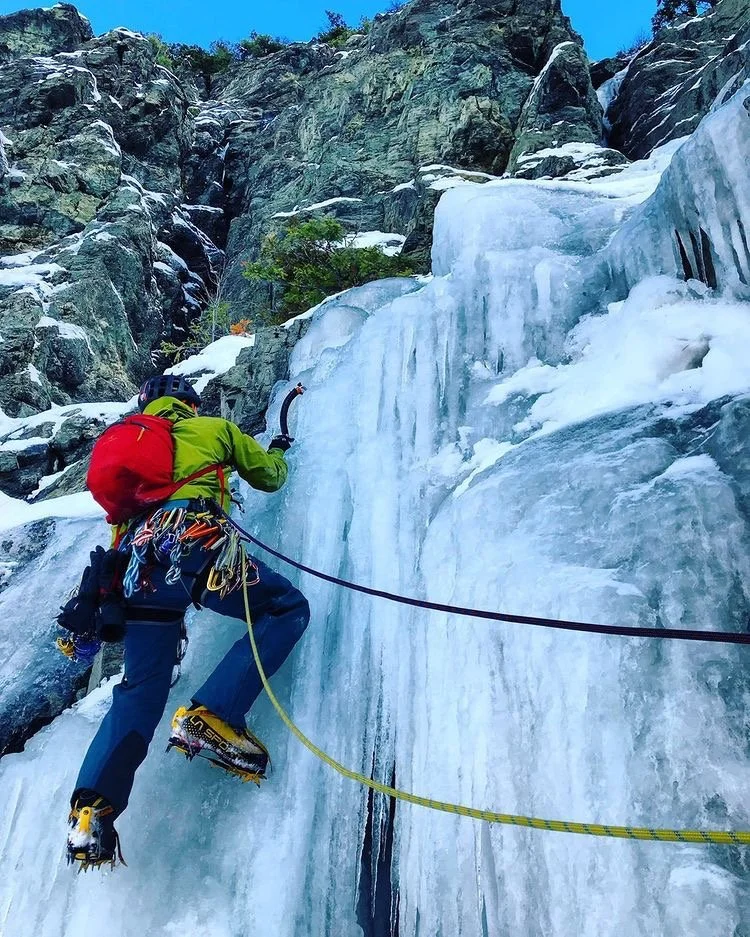
adventure blog
Neural Tension (Nerve Entrapment) Physio for Rock Climbing
Nerve entrapment is difficult to diagnose because the location, signs, and symptoms mimic those of other common musculoskeletal disorders that climbers experience such as lateral epicondylitis (tennis elbow), and medial epicondylitis (golfer’s/climber’s elbow).
Regardless of whether you have nerve entrapment or a tendinopathy such as lateral or medial epicondylitis, the first step to recovery will be an accurate diagnosis so that you can begin an appropriate treatment protocol to alleviate your symptoms.
5 Exercises for ‘Climber’s Elbow’
Medial epicondylitis, also known as climber’s, golfer’s, or baseball elbow; is an overuse injury of the elbow characterized by pain from the elbow to the rest on the medial side of the elbow. The medial elbow region is prone to overuse injuries in climbing for a couple of reasons.
Physiotherapy will be an extremely important aspect of medial epicondylitis treatment. As climber’s and athletes, the physiotherapists at Elios Health are very familiar with medial epicondylitis and want to help you minimize the impact your symptoms place on your climbing and daily activities.
7 Symptoms of “Ice Axe Wrist”
As the weather gets colder, many rock climbers are shifting their focus from their outdoor sport climbing and boulder projects to training and gym climbing. For some climbers, however, the snow and cold weather mark the start of ice climbing season.
One common injury seen among ice climbers is “ice axe wrist”. It is an overuse injury caused by prolonged activity involving flexion and extension of the wrist, especially while holding heavy tools (such as an ice axe). Ice axe wrist is also commonly seen in rowers, weightlifters, and skiers.



